CHICO — When grandparents tell young ones of walking miles-per-day to get to school or work, an electric bicycle might have only been a dream.
E-bikes today whizz through Chico, some up to 28 mph reaching up to 50 miles on a single charge.
Storeowners here say e-bikes have become the most popular category of bicycle, and experienced riders say safety education may not be caught up with projected demand, nor infrastructure.
At stores like cycle shop owner Dax Downey’s Greenline Cycles and Campus Bicycles, e-bikes are one of the most common requests by college students, kids, adults or those delving into new sports who may not be physically able on a conventional bicycle.
“At first, like 5-10 years ago, when e-bikes started to show … it could have been like a fad or trend at first,” said Downey. “This is really, truly, now defining itself as its own category. And right now in the world of bikes-industry, it’s the only category that shows growth with some legs under it.”
Retailers like Amazon and Costco now sell mass production e-bikes, around $300-500, making the mode of transport more accessible — the increased ridership posing a problem for safety and for repairs at local bike shops.
Meanwhile, governments are putting dollars toward more road rehabilitation with an emphasis on pedestrian and bike travel, of which e-bikes are a part.
Butte County cities invested in major roadway upgrades to its streets this year for bike safety — Oroville looking to fund a $17 million plan to bring connectivity in a north-to-south pedestrian bike corridor, and Chico planning bicycle lanes in its Downtown Chico Complete Streets Improvement Project.
Safety
With governments taking action to regulate e-bikes as their popularity increases, a cause for concern is shown for the safety of bikers. But according to Downey, today’s drivers may not be used to the quick speed of e-bikes.
“Motorists for a hundred years were trained to see that bike rider and think they’re going no faster than 15 mph,” Downey said. “But now that rider can go 28 mph, so the motorist pulls out in front of somebody …”
In the state, e-bikes are defined into Class 1 and Class 2 categories, both with a maximum speed of 20 mph, and Class 3 with a maximum of 28 mph. Cities can regulate speed limits using this classification.
Campus Bicycles mechanic Sunny Herrera demonstrates a ride on an electric moutain bike outside the storefront Wednesday, April 10, 2024 in Chico, California. (Michael Weber/Enterprise-Record)
Shawn Hughes, president of cycling club Chico Corsa, said more education into bicycle safety will be needed for increased e-bike ridership, especially for inexperienced riders who can now go fast when they could not before.
“In my experience, people riding a lot of e-bikes are not the most experienced cyclists,” Hughes said. “They don’t know how to pass another cyclist, and they’re not supposed to pass another cyclist in a bike lane.”
Hughes is a proponent for increased safety measures for cyclists, and is in agreement with bicycle speed limits in some areas of town.
“When they’re sharing the road, bikers need to understand they need to obey all the rules that the cars do, and more,” Hughes said — helmets being one of the requirements.
Huges also shared social advice for new bikers.
“This is super important: never, ever, flip them off. Some people just hate cyclists. they’ll just do things; roll coal and diesel; they’ll buzz you … I want to flip them off, but my instinct is now changed. I find myself waving at them,” Hughes said. “It’s crazy; you’ll see them go to flip me off, and their hand changes and they wave back.”
Trail considerations
E-bikes with full or half suspension are also becoming more popular as a choice to ride in the mountains. However, there are ethical considerations in the biking community, according to Portia Downey, who helps manage Campus Bicycles with her dad Dax. She said some in the biking community are concerned of trail damage from powerful e-bikes.
“There’s definitely two sides to the argument of electric mountains. There’s ethical sides to whether or not they should be allowed on the trails,” Downey said. “If they’re not of certain standards, they can be damaging to trails just because of the way the bikes function and the weight of them … the wheels can just spin and dig into the ground and damage the trails.”
Shawn Hughes recounts riding one day in the mountains and spotting someone destroying deer trails by riding on an electric motorcycle, which drives more torque and goes faster than the 28 mph limit of e-bikes.
“I looked and I watched this guy on what looks like a mountain bike — now I could tell what it was; they don’t make any noise — and he’s just tearing up the trail,” Hughes said. “When the e-bikes step beyond that bound they become more like a scooter or motorcycle. I don’t want to see e-bikes become e-motorcycles because of that.”
On the other hand, an electric mountain bike may be a good option for people who are physically challenged and have a past of riding, Portia Downey said.
Benefits
The most obvious benefit of e-bikes over conventional counterparts is their accessibility.
“It levels the playing field, whether it’s father-daughter, husband-wife — whatever. … If a person in their family has an e-bike to ride with that seasoned, fit rider, they can keep together,” Dax Downey said.
Other categories of e-bikes like cargo bikes are allowing people to be more mobile without the use of a car.
“There’s a lot of customers we get in here who haven’t ridden a bike in years,” said Aaron Andrews, owner of All Electric Motion. “Maybe they’ve had hip surgery or a knee problem, and maybe they want to get exercise that they haven’t got in a long time. This allows them to have that freedom of mobility without putting that same kind of strain or physical exertion they otherwise would have.”
Portia Downey said customers who come in want something that will get them point A to point B, with the added efficiency reducing their car usage, and others that “think they’re just cool and want one.”
Infrastructure
California’s active transportation program created by Senate Bill 99 is set to fund pedestrian friendly roadways statewide, and Butte County cities are actively applying to get the dollars.
Hughes said the most important infrastructure upgrade for cyclists is filling potholes as a priority for safety.
“Potholes and stuff, they can be deadly,” Hughes said. “Especially if there’s a bike lane.”
While bike lanes can be limited at certain speeds, faster electric devices may be safer to use the roads as they match speed with car traffic.
“When people step into a manual bike … no faster than 12 mph, now all of the sudden they can go double that speed. That comes with a certain amount of responsibility that it takes time to get used to,” Andrews said.
Hughes said Chico is still an amazing place to bike with a community.
“It’s the only place I can think of where you can go ride with 20 of your friends out in the country, very little cars,” Hughes said. “Or I can go mountain biking, and all of this is from my house.”

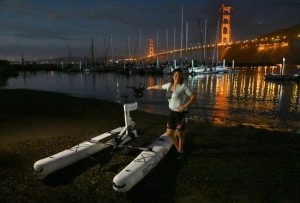




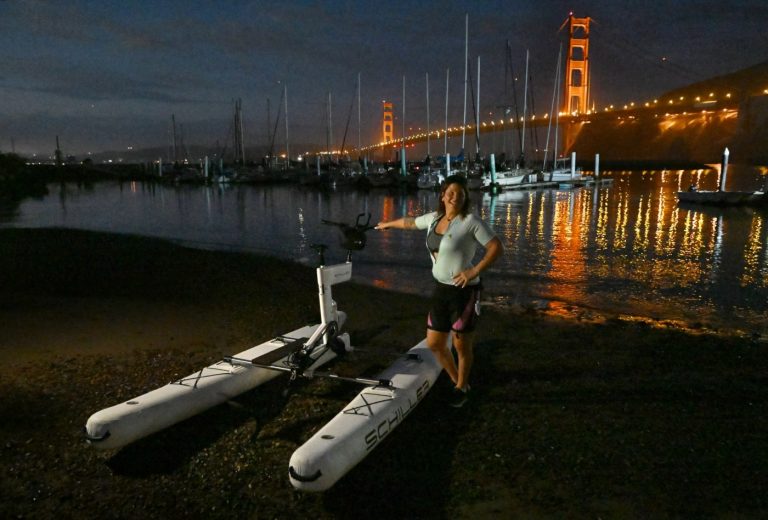
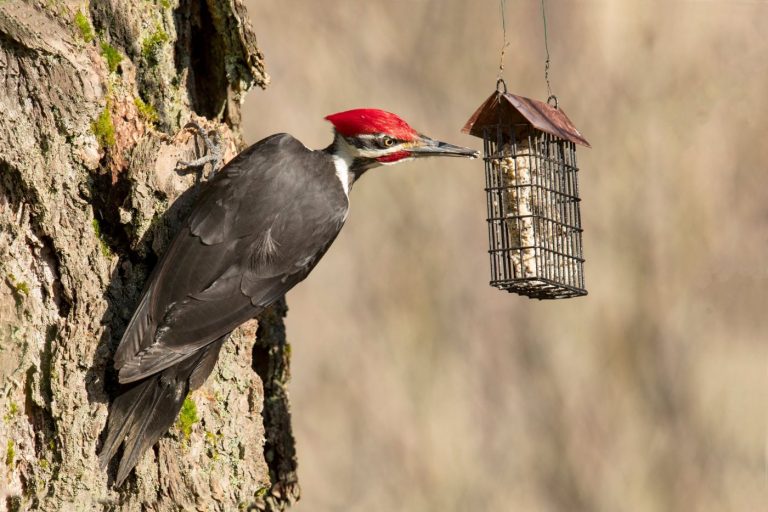

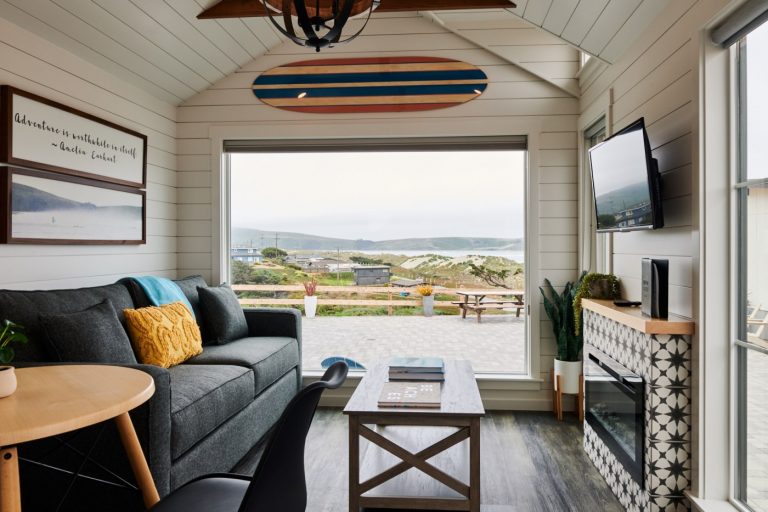
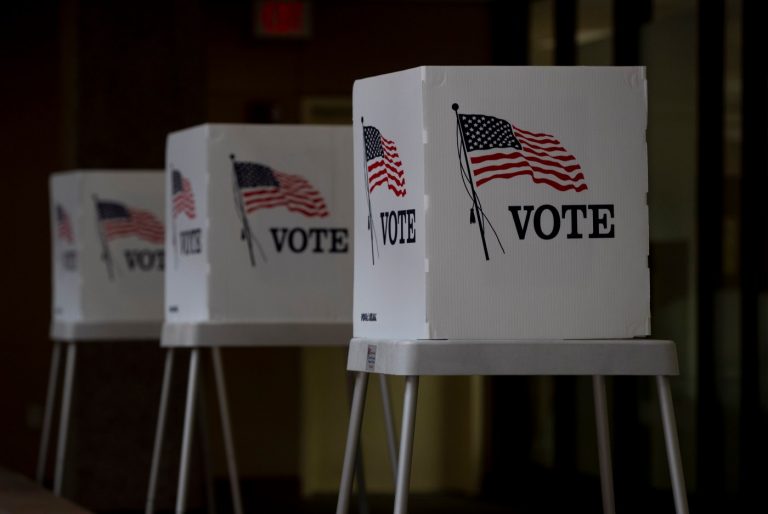

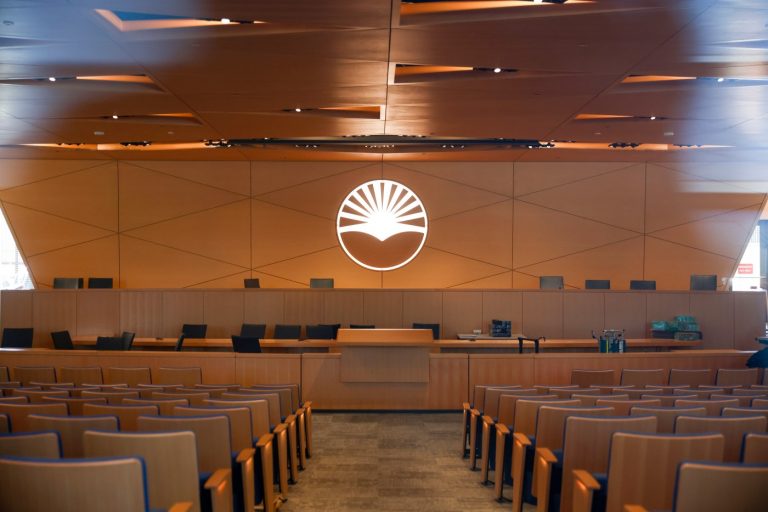
+ There are no comments
Add yours